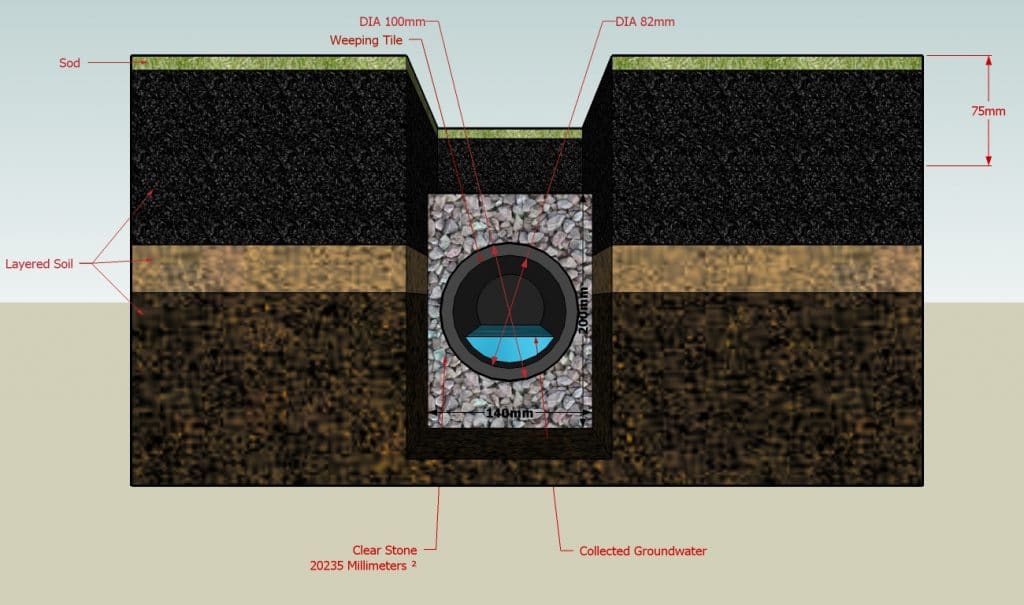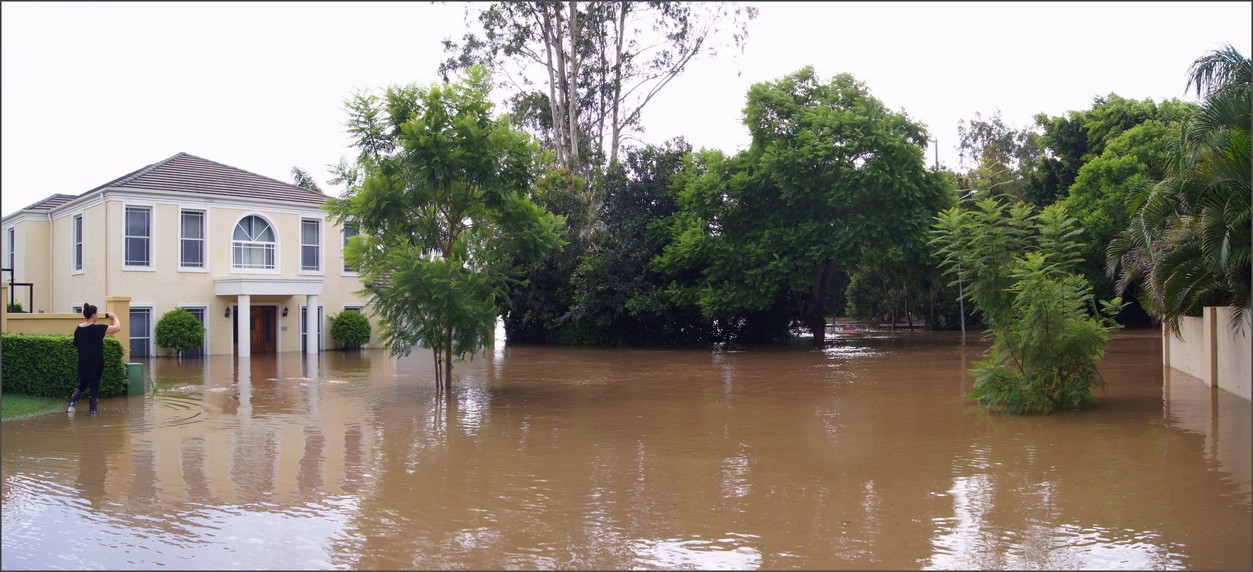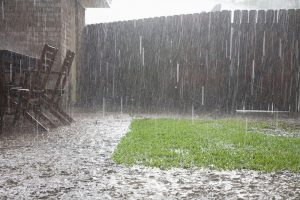Owning a home comes with lots to think about daily. One of the worst-case scenarios any homeowner can experience is water flooding into one’s home. Sometimes, floods are the result of powerful storms.
More often, however, home flooding is the result of a less than ideal lot. Living on land with poor groundwater drainage or insufficient flood control features leaves you at risk for water pooling in your yard or basement. Nobody wants that!
Why would you prepare to handle a situation that you could prevent before it happened? Curtain drains keep water from entering your home. This ensures that you never again have to deal with water damage as a result of groundwater coming inside. Keep reading to learn more about curtain drains, how they differ from other options, why they might work for you, and how to install them.
Luckily, you have better options for protecting your home than crossing your fingers and planning to deal with the damages once they occur. Many options for effective and affordable drainage options exist. Investing in these will keep your home dry in the long run, no matter how much rain comes your way.
Looking to Install a Curtain Drain?
We offer FREE onsite estimates in Vaughan and the surrounding area
What are Curtain Drains?
A curtain drain is an underground trench that slopes downward. It usually begins around two feet below ground level and is one and a half feet wide. Gravel fills the hole to give the water somewhere to go.
Sometimes, a perforated pipe is installed for extra efficiency and water control. The tube prevents water from seeping down into the ground. The use of piping keeps even more water out of your yard and pulls extra away from your foundation.
Most often, you’ll either find a curtain drain beginning in front of a house and pointing away from or wrapping around the house to divert water before it sneaks in the house. You’ll never find one pointing toward or stopping alongside a structure. If it did, that would defeat the purpose of the curtain drain installation entirely.
Curtain drains are ideal for homes where water is always an issue. If surface water regularly collects in your yard and has nowhere to go on its own, a curtain drain might be perfect for you. This diversion setup acts to guide water away from the house and give it a new path to follow, instead of pooling and staying around.
Curtain Drain vs. French Drain
Curtain drains, and french drains are both gravity-fed systems for pulling water away from your home, yard, or building. Both involve a trench filled with gravel and sometimes lined with a perforated PVC pipe.
The primary difference between these two drainage systems is their location
A French drain sits at ground-level. You can see the gravel even with the ground around it. These are frequently installed in yards or on lots that already have some slope to them. French drains can take advantage of the existing terrain and move water accordingly.
Consider a French drain if your home is at risk of flooding because the water flows the wrong way during storms
Curtain drains are the same as french drains, except they work underground. Instead of laying the pipe and gravel in a trench along the surface, workers dig a few feet below ground level.
Curtain drains are ideal for yards and homes that flood because of sitting water
The best way to determine if you need an under or above-ground drainage system to protect your home and yard is to call a professional for a consultation. However, knowing the fundamental differences between each empowers you to know what to ask for and ultimately purchase.

Learn More about French Drains
At its most basic, a French drain is a trench filled with gravel that creates a path for water to run down. It prevents water accumulation or flooding by moving the water away and back into the sewage system.
Consider a French drain if you need water to move down a hill or across a property with elevation change. To see if this is a better choice for you, call us for a consultation or read our other articles.
Installing a Curtain Drain
To properly install a curtain drain around your home, expect an invasive and destructive process. It will require digging up your yard and will possibly affect your landscaping. However, your yard is much easier to fix than mold, mildew, or water damage.
The easiest way to install a curtain drainage system on your property is to hire a professional team
If you have a professional install a curtain drainage pipe system around your home. Hiring an expert ensures that everything is done efficiently and correctly the first time.
However, if you hope to either DIY your installation or better understand the process, keep reading.
It’s essential to plan a path for the drainage system from the beginning. Where does the water accumulation start? From which direction is water entering the home? Where should the water go instead? Not having a clear plan might create more problems in the long run.
Once you know where the drainage ditch will begin and end, then it’s time to dig a hole
Curtain drains need a hole that begins around two feet below ground level. This requirement means that your original hole must be three to three and a half feet deep. The width will be approximately one and a half feet.
Fill the hole with gravel that spans one and a half feet in all directions. Then you’ll cover the gravel back up with the removed dirt.
It seems straightforward, except, there’s another crucial aspect of the system - the angle of the tunnel
The hole for a curtain drain must be at an angle that encourages water to flow along the path instead of stopping and filling the space. The problem you’re solving is that water has nowhere to go. The solution must involve getting water somewhere else.





